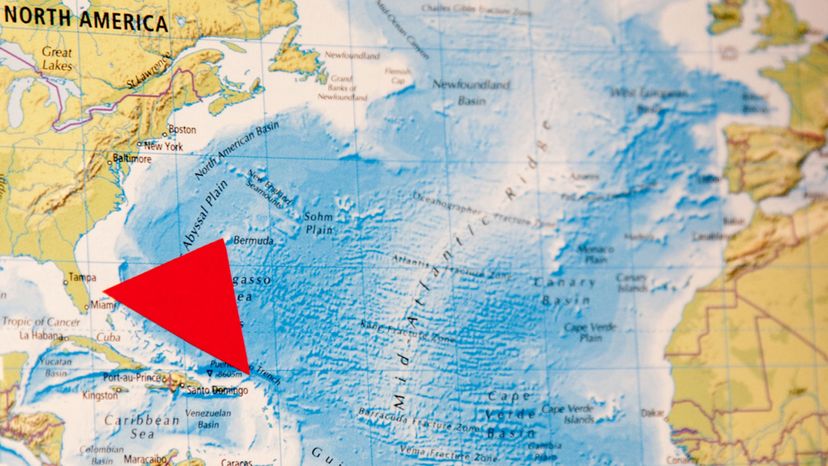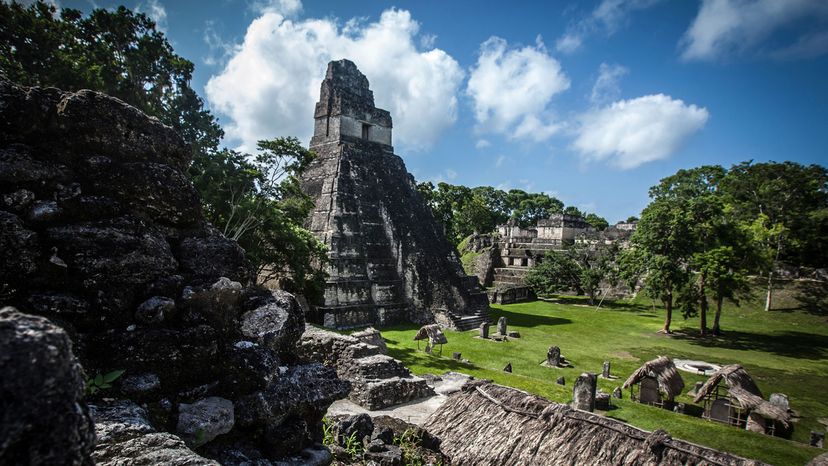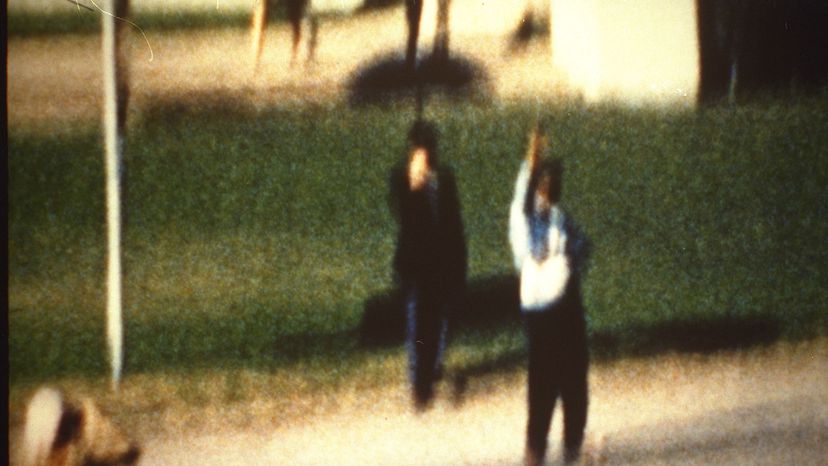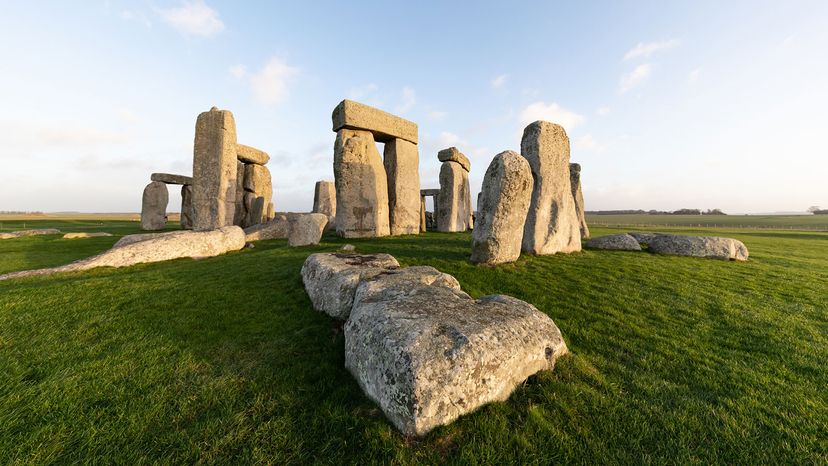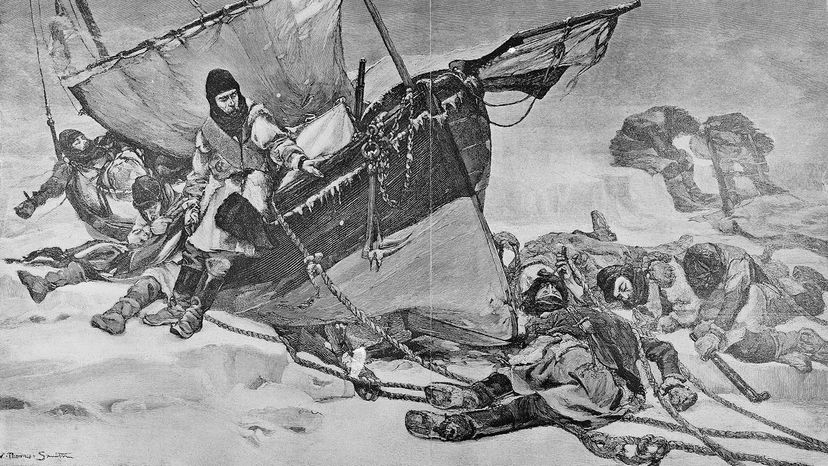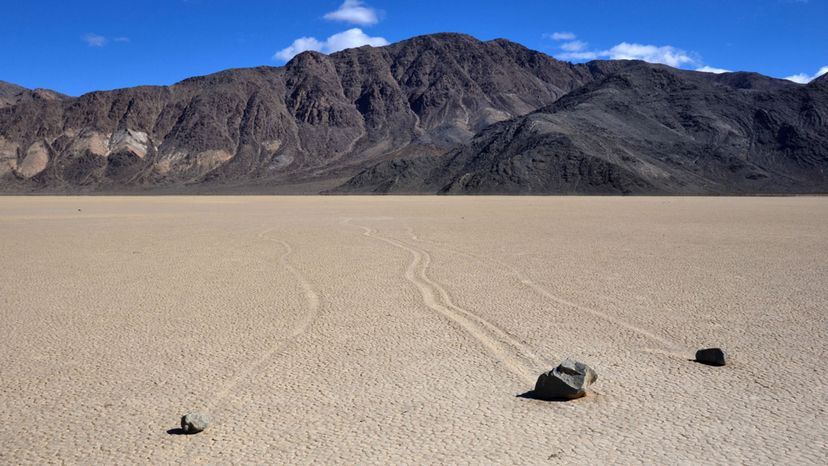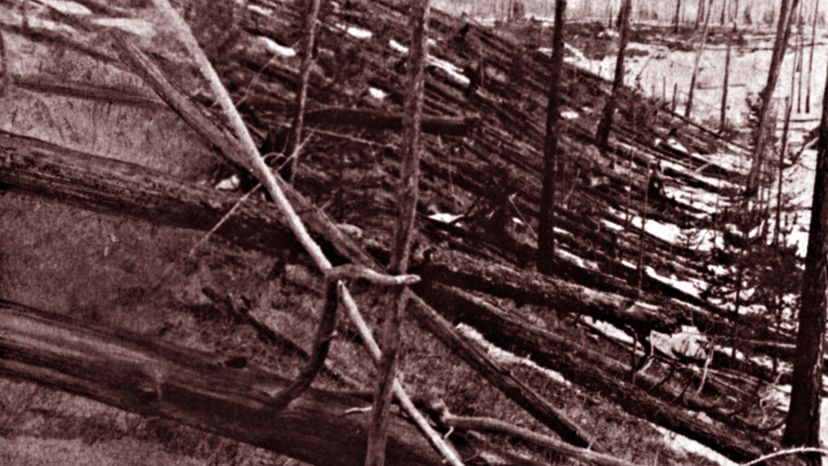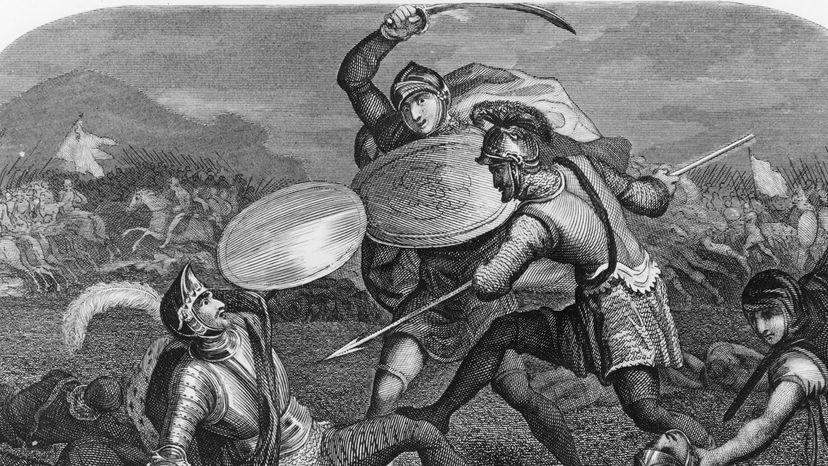Advancements in modern policing have helped solve countless murder cases the took place years earlier. Thanks to emerging technologies and new leads, police officials are freeing the wrongly convicted, and closing decades-long cases featuring wanted fugitives.
Here's a quick look at a few storied, and since-resolved, cold cases:
Susan Berman
It took nearly twenty years for her to find justice, but in 2021, real estate magnate Robert Durst would be convicted for murdering his friend Susan Berman in her home in 2000.
Craig Williamson
Craig Williamson left his Wisconsin home in August of 1993 on a business trip to sell fish in Colorado Springs. Mysteriously, he never returned. As it turns out, Williamson would be mugged, sustain a head injury, and wake up in the hospital without any ID.
Decades later, after having started an entirely new life, Williamson would recognize his own face featured on an Unsolved Mysteries episode and turn himself in.
Kristen Smart
Kristen Smart went missing in 1996, and her remains were never found. But, decades later, enough evidence would be found to convict her former classmate, Paul Flores.


